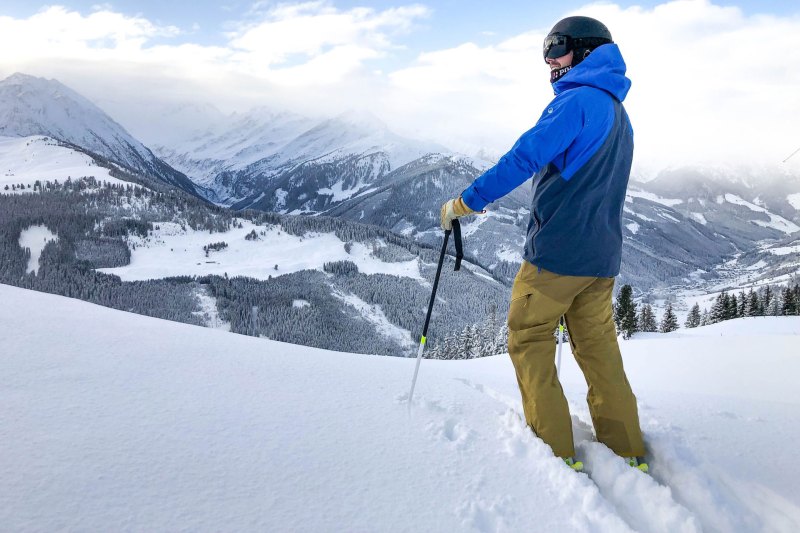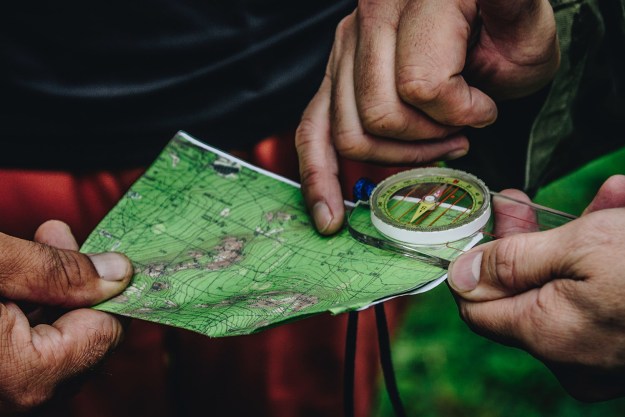Ski season is right around the corner. With those perfectly corded groomers calling your name and the deep powder drawing you into the trees, you need your skis to be in top condition. Dry spots on your skis can grab at the snow, accidentally initiating turns when you don't want them or making you feel twitchy on the slopes. If your skis are totally dry, you're never going to keep up with your buddies as they tear it around the ski resort.
Sure, when the season starts you can run your skis into the tuning shop at the mountain and they'll wax your skis for you. But when a wax job at the mountain costs as much as a whole block of ski wax, chances are you're going to want to learn how to wax your skis for yourself — especially if you're planning to ride for the whole ski season. It can cost a little to get your setup ready to wax, but once you have a waxing iron and a scraper — most people go for the full ski tuning kit — all you need is a block of wax to keep your gear riding fast so you can rip it up on the mountain.

How to wax skis
First, you'll need a workspace that you don't mind covering in ski wax. Seriously, this stuff gets absolutely everywhere and is a nightmare to clean up, so find a workspace outside, in the garage or basement, or anywhere that isn't in your living room. Then you'll need somewhere to rest your skis. The best thing here is to use a ski vise set, but you can also get away with a pair of rubberized rests as long as they stop your skis from moving and have space for your bindings to sit.
Step 1: The first step is to get the brakes out of the way. This is where your heavy-duty elastic bands come into play. You can also use a section of an old bike inner tube if you cut it into strips. Pull your ski brakes up — press the heel plate down to make this easier — and attach the bands to either side of the brakes, over the top of the binding to keep them out of the way.
Step 2: Lay your skis on your bench base-up. Before you start to wax, it's a good idea to clean your bases. Use base cleaner and a microfiber cloth. This is your chance to check your bases too. Small grooves and scrapes can wax out, but anything more than fingernail depth may need to be fixed by a repair shop.
Step 3: Use your iron to drip ski wax onto your skis. You can use any iron for this as long as there aren't holes in the base, but a proper tuning iron is the best choice because it won't overheat your bases. Drip the wax onto your skis or heat the end of your wax bar and draw it on like a crayon — either works. Once you have a reasonable amount of wax on your skis, use your iron to spread it about, making sure to cover the entire base. Push the wax around to avoid touching the bare base with the iron.
Step 4: Go and grab a beer or make a coffee, watch a tv show, or take a hike. Basically, let your skis cool down to room temperature. This stage arguably is the most important because without it, the process is pointless. Heating the bases with hot wax opens the pores and allows the wax to take to the skis. As your skis cool slowly, the pores close and retain the wax. Scraping too early just means you'll pull all the wax back out of the pores and risk damaging your bases.
Step 5: Once your skis are cooled, it's time to scrape. Make sure your skis are securely clamped to your workbench and that you're not wearing anything you don't mind covering in wax scrapings. If you have a large garbage can, place it around the tails of your skis to catch as much of the wax as possible. Use a plexiglass scraper and scrape your skis from front to back. Try to scrape in long, flowing strokes, and avoid digging too deep into the wax. Remember to scrape the edges and make sure they are wax-free.
Step 6: Use a base brush to go over the bases and brush off the residual wax. Go over your skis three times from tip to tail, then wipe them down with a clean, dry microfiber cloth. Make sure you get all the wax out of the bindings and off the edges.
Step 7: Get out and ride — once you've cleaned up the wax, that is.
With your freshly waxed skis, you'll be ahead of the game and tearing up the mountain. You don't need to wax your skis routinely, but if you notice any dry spots or find yourself slowing down, check out your bases. White or dry areas on your bases are indicators that you need to get the clamps out and break out the iron. Sure, it might take some setting up, but being your own ski-tech is all part of the culture.
Editors' Recommendations
- These are the best ski resorts in North America, according to actual skiers
- This is what it’s like to snowboard down Vermont’s highest peak
- How to make nutritious and delicious trail snacks: Your DIY guide
- This rooftop tent kit will turn your van into a pop-top camper for about $12K
- 11 best climbing documentaries to get you pumped for your next adventure




